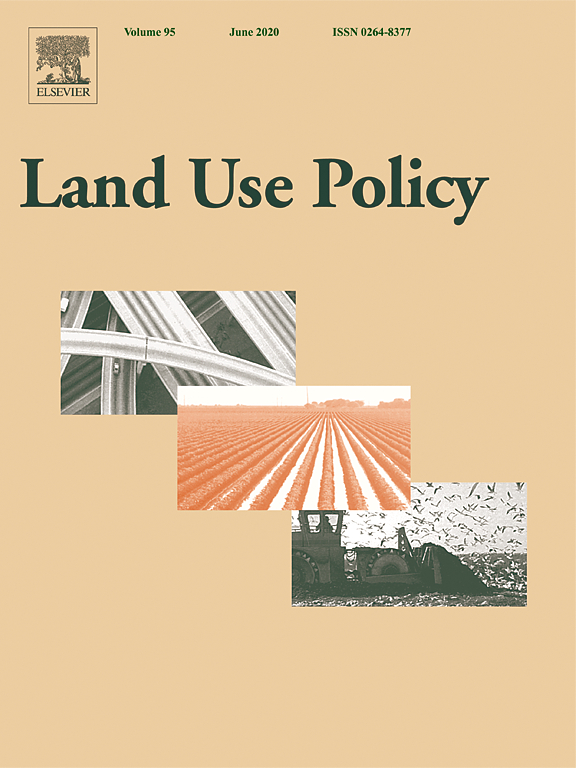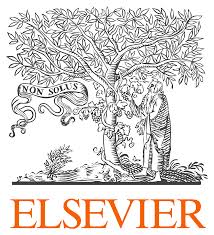Location
Land Use Policy is an international and interdisciplinary journal concerned with the social, economic, political, legal, physical and planning aspects of urban and rural land use. It provides a forum for the exchange of ideas and information from the diverse range of disciplines and interest groups which must be combined to formulate effective land use policies. The journal examines issues in geography, agriculture, forestry, irrigation, environmental conservation, housing, urban development and transport in both developed and developing countries through major refereed articles and shorter viewpoint pieces.
Land Use Policy aims to provide policy guidance to governments and planners and it is also a valuable teaching resource.
ISSN: 0264-8377
Members:
Resources
Displaying 241 - 245 of 279Stocks and flows of natural and human-derived capital in ecosystem services
There is growing interest in the role that natural capital plays in underpinning ecosystem services. Yet, there remain differences and inconsistencies in the conceptualisation of capital and ecosystem services and the role that humans play in their delivery. Using worked examples in a stocks and flows systems approach, we show that both natural capital (NC) and human-derived (produced, human, social, cultural, financial) capital (HDC) are necessary to create ecosystem services at many levels. HDC plays a role at three stages of ecosystem service delivery.
Environmental scanning and futures wheels as tools to analyze the possible future themes of the commercial real estate market
The commercial real estate market is closely linked to the surrounding society, as commercial buildings have several economic, environmental, political, social and cultural influences. Correspondingly, the surrounding society, its actors and the different forces of change appearing in the market environment also have their own influence on the real estate market environment and its future development.
Fencing elephants: The hidden politics of wildlife fencing in Laikipia, Kenya
Conservation is a fundamentally spatial pursuit. Human–elephant conflict (HEC), in particular crop-raiding, is a significant and complex conservation problem wherever elephants and people occupy the same space. Conservationists and wildlife managers build electrified fences as a technical solution to this problem. Fences provide a spatial means of controlling human–elephant interactions by creating a place for elephants and a place for cultivation. They are often planned and designed based on the ecology of the target species.
Ecosystem-based adaptation in cities: An analysis of European urban climate adaptation plans
Ecosystem-based adaptation (EbA) measures have been increasingly promoted in the literature, as well as in policies and practices, for their environmental and socio-economic co-benefits. The recent scientific literature has shown a growing interest to assess climate adaptation plans at the urban level, in recognition of the important role played by urban areas in addressing climate change challenges. However, little information is available on the combination of these two issues, i.e., the actual inclusion of EbA measures in climate adaptation plans at the urban level.
Roots of inequity: How the implementation of REDD+ reinforces past injustices
The extent to which REDD+ initiatives should be a mechanism to address poverty and provide other co-benefits apart from carbon storage, is hotly debated. Here, we examine the benefit distribution policy and practice of a prominent REDD+ project in Kenya with the aim of understanding the extent to which it addresses equity.



